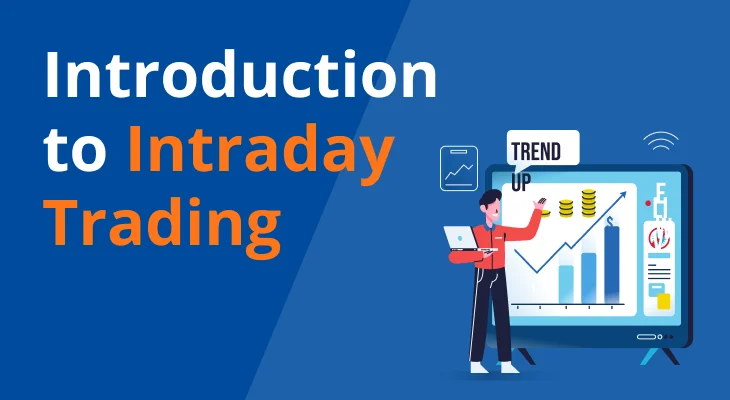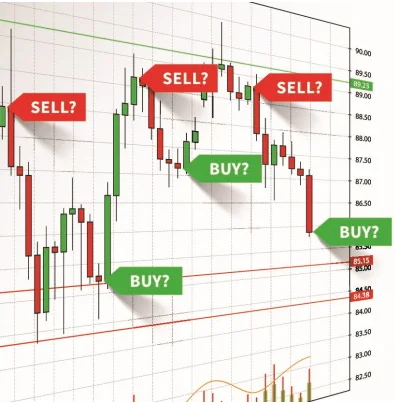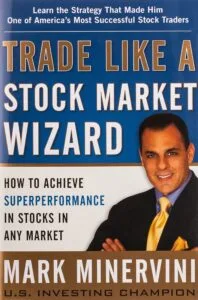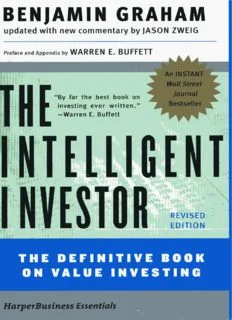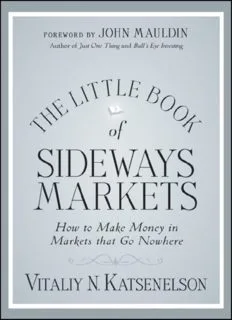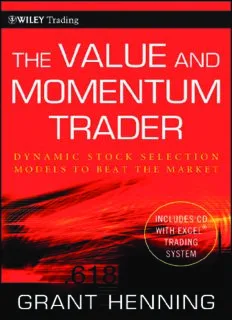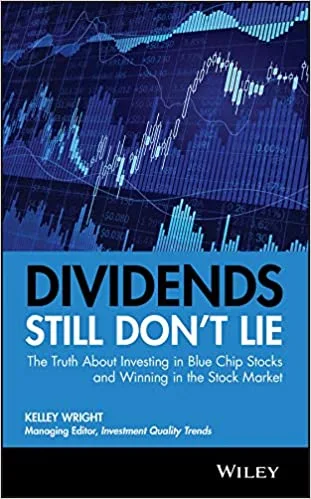
A sort of ownership stake in a business that is normally accessible to the general public through the stock market is referred to as an ordinary share, also known as a common share or common stock. Ordinary shares and preferred shares are the two primary types of shares that can be offered when a company decides to issue shares in order to raise cash.
Ordinary shares are the fundamental kind of ownership in a business. Investors who buy ordinary shares become part-owners of the business and are eligible to receive dividends, if the board of directors of the business so elects. Dividends, however, are not assured and may differ depending on the business’s financial success and management choices.
Ordinary shareholders can take part in the decision-making processes of the corporation by exercising their voting rights. Each ordinary shareholder typically has a certain number of votes based on the number of shares they own. With the use of these voting privileges, shareholders can choose the board of directors, consent to significant business decisions, and express their views on issues that could damage the company.
Ordinary shareholders are the last to receive assets in the case of a company’s liquidation or bankruptcy, after bondholders, preferred shareholders, and other creditors have been paid. Because of this, ordinary shares are riskier than preferred shares, but they also have a higher chance of capital growth and higher returns.
Ordinary shares are exchanged on stock exchanges, and the prices of these shares change depending on a number of variables, including the company’s financial performance, market movements generally, investor mood, and industry developments. Through brokerage accounts, investors can buy and sell common shares in an effort to profit from fluctuations in the share price.
How Does It Work in Stock Market?
Trading is the technique used on the stock market to buy and sell common shares. Here is a general explanation of how it operates:
- Listing: An initial public offering (IPO) is the process that a business uses to make its common shares available to the public. In order to do this, the shares must be registered with the necessary regulatory agencies and stock exchanges. The company’s shares are listed and made tradeable on the stock exchange once they have been approved.
- Trading: Through a brokerage account, investors can place buy orders for common shares they want to purchase. They make clear how many shares they intend to purchase as well as their desired price. Sellers issue sell orders on the other side, indicating the minimum price they are willing to accept as well as the number of shares they wish to sell.
- Matching: Based on price and time priority, the stock exchange’s trading algorithm matches buy and sell orders. A trade happens when a buy order and a sell order line up. The exchange permits the exchange of the matching funds as well as the transfer of shares from the seller’s account to the buyer’s account.
- Price Determination: The dynamics of supply and demand in the market define the price at which common shares are purchased and sold. A stock’s price may increase if there is considerable demand for it. On the other hand, if there is greater pressure to sell than to acquire, the price may drop. The supply and demand for shares are influenced by a number of variables, including firm performance, market conditions, economic news, and investor sentiment.
- Market Participants: A variety of people participate in the stock market, including high-frequency traders, market makers, institutional investors, and mutual funds and pension funds. These individuals contribute to the total trading activity by bringing liquidity to the market and engaging in buying and selling operations.
- Market orders and limit orders are the two options available to investors when placing an order. A market order directs the broker to carry out the transaction right away at the current market price. Investors can specify a specific price at which they are willing to buy or sell by placing a limit order. Only if the market hits or exceeds the predetermined price will the trade be carried out.
- Market Movements: Share values fluctuate throughout each trading day on the stock market. Numerous factors, such as corporate news, economic data, geopolitical developments, and market attitude, have an impact on these changes. Share prices can increase (bullish market), decline (bearish market), or stay mostly steady, giving investors the chance to make gains or lose money.
Advantages And Disadvantages of Ordinary Share?
Advantages of Ordinary Share
- Ownership and Profit-Sharing: By owning common shares, investors can partake in the company’s profits and turn those gains into equity. If the board of directors decides to issue dividends, they are eligible to receive a portion of the company’s earnings. Additionally, if the company’s value rises, shareholders may be able to profit from the sale of their shares.
- Liquidity: The stock market offers a liquid market for common shares, making it relatively simple for investors to buy and sell their shares. This liquidity gives investors the flexibility and quickness to respond to shifting market conditions or financial demands by allowing them to quickly convert their shares into cash.
- Diversification: Individuals can diversify their financial portfolios by purchasing common shares. Investors can lessen their exposure to the risks connected with specific equities by spreading their assets across other businesses and industries. Diversification can increase possible gains while reducing potential losses.
- Voting Rights: Regular shareholders typically have the ability to vote, allowing them to take part in corporate decision-making. As a result, shareholders have the chance to have an impact on crucial issues including the choice of directors, mergers and acquisitions, and other business decisions.
Disadvantages of Ordinary Share
- Risk and Volatility: Market volatility and substantial price swings might affect ordinary shares. Share prices can be impacted by a number of variables, including market mood, industry trends, company-specific news, and economic conditions. Due to the inherent risk associated with stock investments, investors may suffer financial losses if the value of their shares decreases.
- Dividend Uncertainty: Although common shareholders may receive dividends, businesses are not required to do so. Payment of dividends is subject to the board of directors’ discretion and the company’s financial success. Shareholders may not receive anticipated dividends if the company experiences financial difficulties or decides to reinvest profits back into the company.
- Ordinary shareholders have a lesser priority than bondholders, preferred shareholders, and other creditors in the case of bankruptcy or liquidation. Consequently, ordinary shareholders are often the last to get any leftover value if a company’s assets are distributed. As a result, in such situations, the value of ordinary shares may be adversely impacted.
- Lack of Control: Despite having voting rights, regular shareholders frequently have little say in how the business is run or what strategic moves are made. Large institutional investors or insiders frequently possess significant control, making it difficult for individual shareholders to have a significant impact on the direction of the organisation.
Conclusion
In conclusion, there are a number of benefits and drawbacks to purchasing common shares on the stock market. Ordinary shares offer chances for ownership and profit sharing, enabling investors to profit from a company’s success through dividends and capital gains. Additionally, the stock market offers liquidity, making it very simple for investors to acquire and sell shares. Another benefit of diversification is that it helps disperse risk by investing in a variety of businesses. Ordinary shareholders also have voting rights, giving them a say in business decisions.
There are drawbacks to think about though. Ordinary shares may be vulnerable to market risk and volatility, which could result in potential losses of money. There is no certainty that stockholders will receive promised dividend payments. Ordinary shareholders are in a subordinate position in the event of bankruptcy, which could lead to a limited recovery of investment. Additionally, individual stockholders frequently have little influence over how the business is run and how decisions are made.
Before purchasing common shares on the stock market, investors should consider these benefits and drawbacks, evaluate their personal risk tolerance, and carry out extensive research. Making wise investment decisions requires an understanding of the potential benefits and hazards of stock market investing.
FOR MORE INFO CLICK THIS SITE: https://learningsharks.in/
FOLLOW OUR PAGE: https://www.instagram.com/learningsharks/?hl=en


